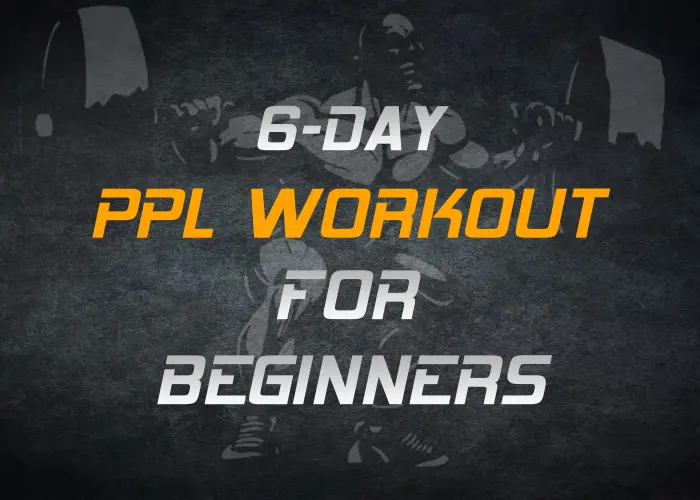
Workout About
Nutrition
If you’re overweight and a beginner to hypertrophy based training, you might benefit from starting off in a calorie deficit. If you’re underweight, or an otherwise intermediate-advance lifter, you’ll likely need to be in a calorie surplus to add on lean muscle mass.
Start With Warm-Up And Streching
Warm-up helps prepare your body for aerobic activity. Because the main purpose of warming is to prepare your whole body for training. With a proper warm up exercise and stretching routine the elasticity and flexibility of the tendons and ligaments are increased. Warm-up and stretching is an activity that does not take much time, even a 10-15 minute stretching routine will help you avoid injury. For this reason, before starting any exercise program, warm-up movements and then stretching movements should be done.
How Much Weight Should I Lift?
For Muscle Development, lift 60-85% of the maximum weight you can lift, apply at intervals of 8-12 repetitions, and apply a 45-60 second rest period. Try to increase the weight a little more each time you go to training.
One-rep-max is a measure of the amount of weight you can lift for a particular exercise for one repetition. It is often calculated using a one-rep-max calculator where you can input your max weight lifted for multiple reps and it will provide you with an equivalent one-rep-max estimate. For instance, the amount of weight you can lift to fatigue for 8 repetitions is approximately 80% of your one-rep-max.
Workout Details
Muscular endurance refers to the ability of a given muscle to exert force, consistently and repetitively, over a period of time. Endurance exercise is one of the four types of exercise along with strength, balance and flexibility. Also called aerobic exercise, endurance exercises includes activities that increase your breathing and heart rate such as walking, jogging, swimming, biking and jumping rope. But you don’t need to train for a marathon to improve your muscular endurance. Building muscular endurance can increase whole-body strength, improve your posture, and reduce your risk of injuries.

Although progressive overload is usually used in strength training, the same idea can be applied to any type of exercise, including cardiovascular endurance exercises like running. This workout plan strengthens your muscles, increases your cardiovascular fitness and burns up fat stores while at the same time sharpening motor skills and agility.
- Level: Beginner / intermediate
- Training Type: Endurance / Speed and agility
- Equipment: No Equipment



